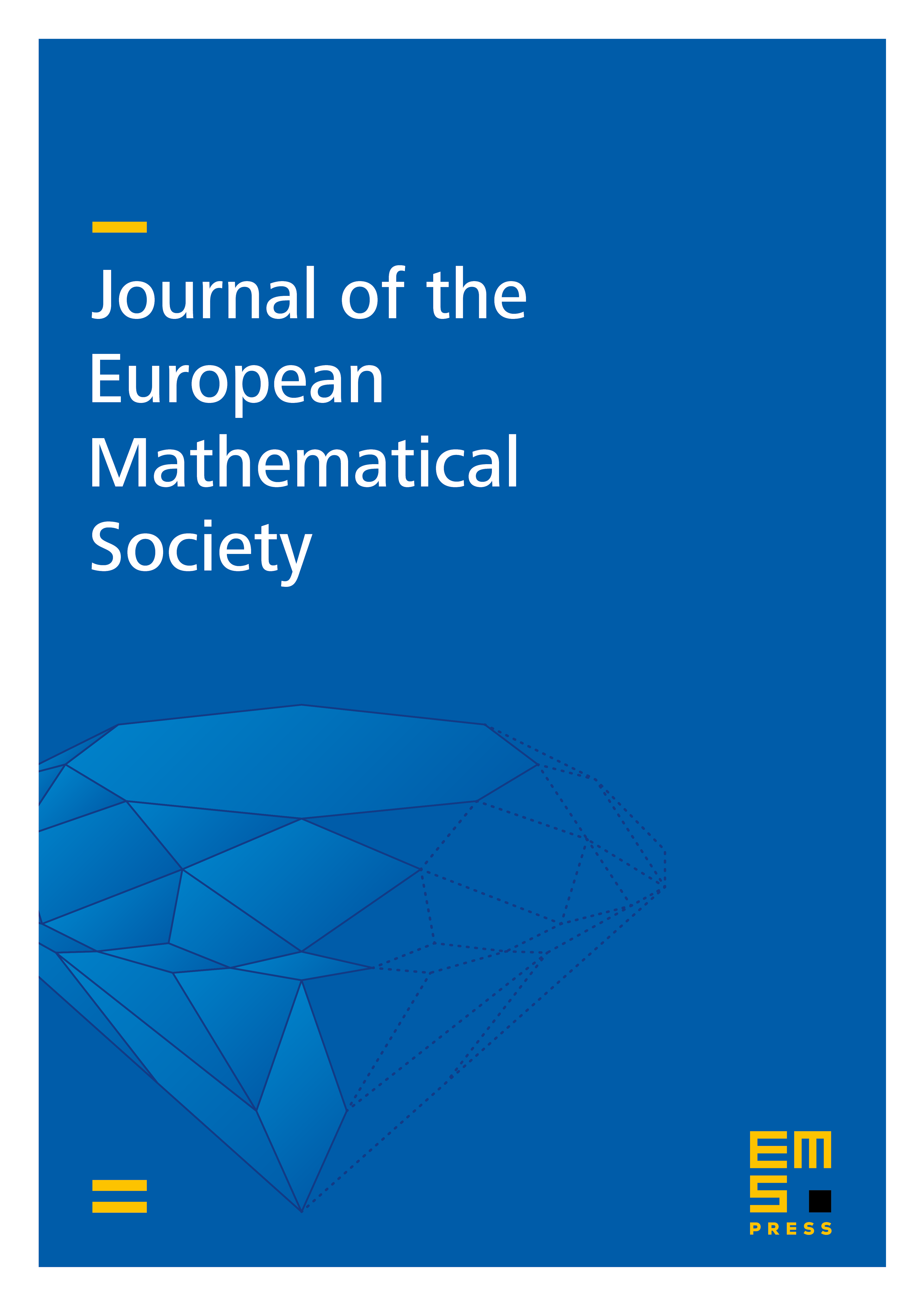Perron-Frobenius operators and the Klein-Gordon equation
Francisco Canto-Martín
Universidad de Sevilla, SpainHaakan Hedenmalm
Royal Institute of Technology, Stockholm, SwedenAlfonso Montes-Rodríguez
Universidad de Sevilla, Spain

Abstract
For a smooth curve and a set in the plane , let be the space of finite Borel measures in the plane supported on , absolutely continuous with respect to the arc length and whose Fourier transform vanishes on . Following [12], we say that is a Heisenberg uniqueness pair if . In the context of a hyperbola , the study of Heisenberg uniqueness pairs is the same as looking for uniqueness sets of a collection of solutions to the Klein–Gordon equation. In this work, we mainly address the issue of finding the dimension of when it is non-zero. We will fix the curve to be the hyperbola , and the set to be the lattice-cross
where are positive reals. We will also consider , the branch of where . In [12], it is shown that if and only if . Here, we show that for , we get a rather drastic “phase transition”: is infinite-dimensional whenever . It is shown in [13] that if and only if . Moreover, at the edge , the behavior is more exotic: the space is one-dimensional. Here, we show that the dimension of is infinite whenever . Dynamical systems, and more specifically Perron–Frobenius operators, will play a prominent role in the presentation.
Cite this article
Francisco Canto-Martín, Haakan Hedenmalm, Alfonso Montes-Rodríguez, Perron-Frobenius operators and the Klein-Gordon equation. J. Eur. Math. Soc. 16 (2014), no. 1, pp. 31–66
DOI 10.4171/JEMS/427